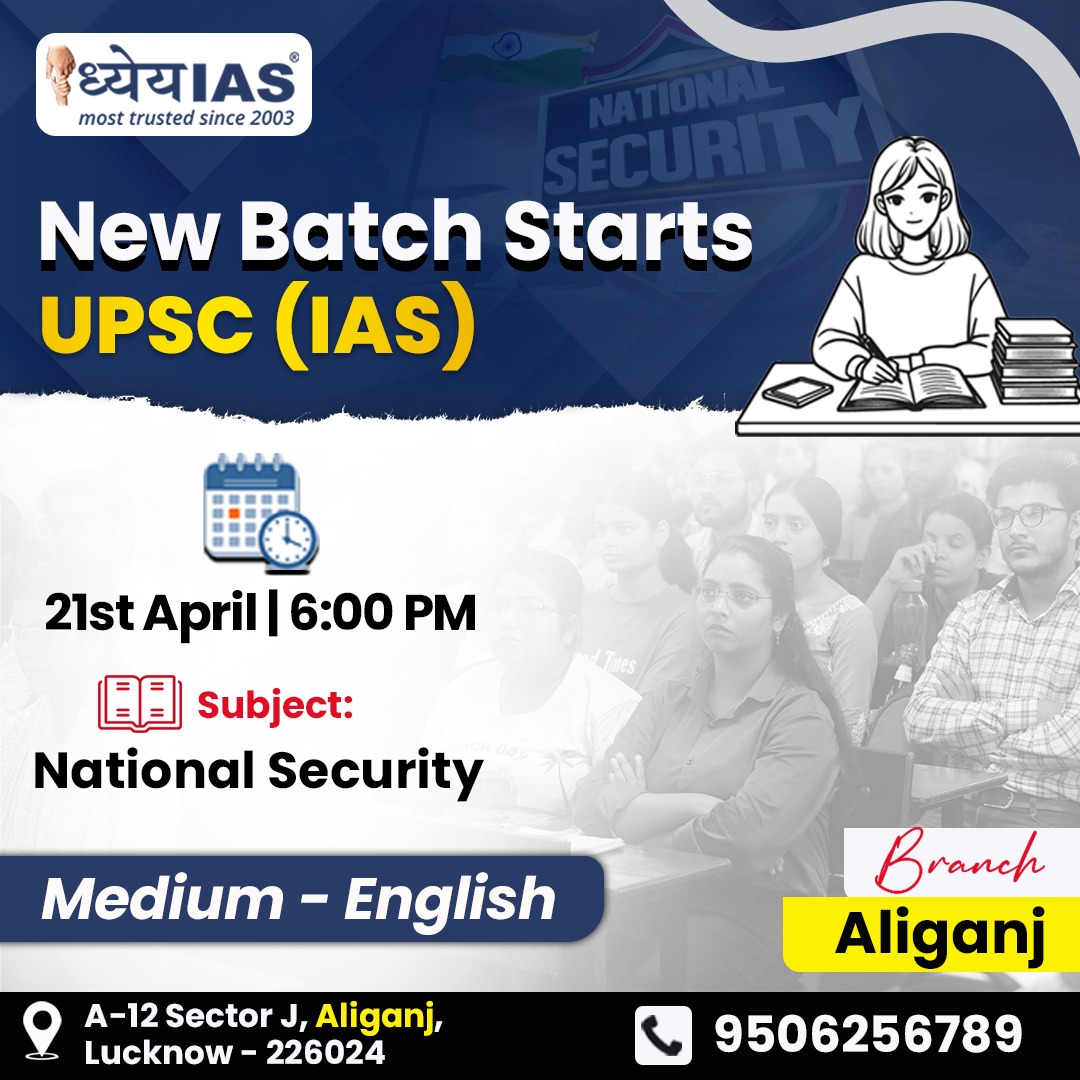Context:
The Andhra Pradesh Cabinet has approved the draft ordinance proposal made by the Social Welfare Department to implement sub-categorisation among Scheduled Castes in the state. This means that the state government wants to give ‘reservation within reservation’ to communities based on their backwardness.
About the ordinance:
In the backdrop of the Supreme Court’s verdict allowing states to sub-classify Scheduled Castes, the Andhra Pradesh government on November 15, 2024 formed a commission to study SC sub-categorisation in the state.
After gathering public feedback across all districts of Andhra Pradesh the commission, led by Rajeev Ranjan Mishra, submitted a comprehensive report on March 10, 2025.
The report was adopted unanimously in the Legislative Council and Legislative Assembly and the ordinance has been drafted.
The purpose of SC sub-categorisation:
It is important to provide reservations based on the numerical strength of the various sub-castes, rather than give a consolidated quota for all of them based on their overall population. Reservations in education, government employment, local elected bodies, etc. should be provided based on the backwardness, social, and financial condition of each sub-caste.
Key Features of the Ordinance:
1. SC Sub-Categorization into 3 Groups:
o Group 1 (Most Backward):
§ 12 sub-castes
§ 1% reservation
o Group 2 (Backward - Madiga sub-groups):
§ 18 sub-castes
§ 6.5% reservation
o Group 3 (Less Backward - Mala sub-groups):
§ 29 sub-castes
§ 7.5% reservation
2. Purpose:
o To distribute reservation benefits based on numerical strength, and social and economic conditions of individual SC sub-castes.
3. Legal Backing:
o Backed by a Supreme Court verdict allowing state-level classification within SCs.
Impact on Reservation:
· Equitable Distribution: The sub-categorization aims to ensure that reservation benefits are distributed fairly among SC sub-castes, addressing concerns of underrepresentation.
· Increased Representation: The ordinance will provide better representation for marginalized communities within the SC category in education, government jobs, and politics-
· Implementation: The sub-categorization will be implemented after the 2026 census, allowing for district-wise classification based on updated data.
Conclusion:
The Andhra Pradesh SC Sub-Categorisation Ordinance represents a significant step toward addressing long-standing disparities within the Scheduled Castes by ensuring more equitable distribution of benefits among historically marginalized sub-groups. While the move has sparked legal and political debate, it underscores the state government's intent to pursue social justice and inclusive development. The effectiveness of this ordinance will depend on its constitutional sustainability, proper implementation, and continued efforts to balance equity with unity among SC communities.







